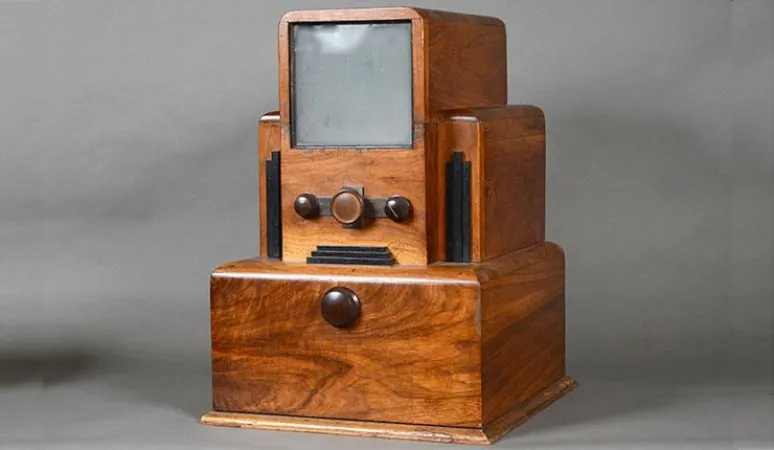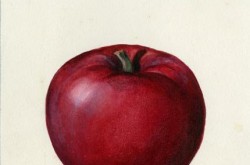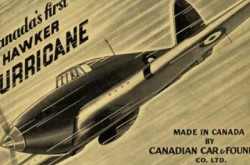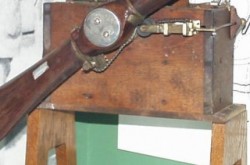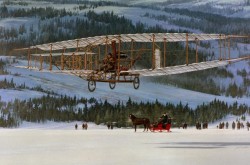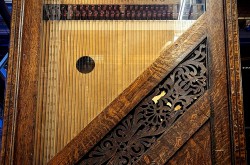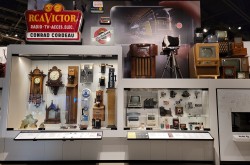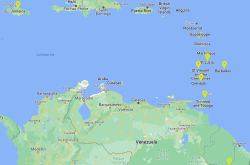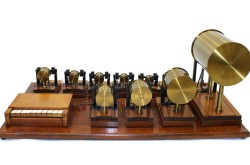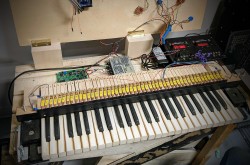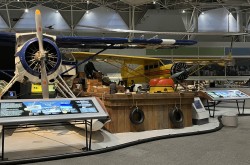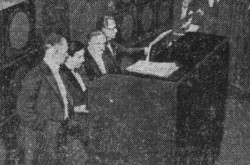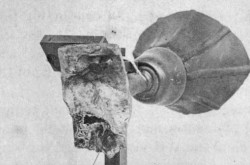Television Receiver
This article was originally written and submitted as part of a Canada 150 Project, the Innovation Storybook, to crowdsource stories of Canadian innovation with partners across Canada. The content has since been migrated to Ingenium’s Channel, a digital hub featuring curated content related to science, technology and innovation.
Television debuted in Canada in 1931.
Canadian engineer Joseph-Alphonse Ouimet (1908–1988) designed and built this television set prototype in 1932, one of the first in Canada. Television had first cast its glow in the mid 1920s when Scottish engineer John Logie Baird proved that live moving images could be transmitted via radio waves. In Canada, the technology debuted on October 9, 1931. It was at this time, a full twenty years before Canadian network television was officially launched, that Montreal radio station CKAC began broadcasting live programming twice a week to a small but enthusiastic group of early adopters. To develop this particular television prototype, Ouimet borrowed Baird’s image rendering method, which used a mechanical scanning device to produce a visual image. Capable of scanning at only a fraction of the speed of modern TVs, this television produced a small faint image. Ouimet designed this receiver for Canadian Television Limited, one of the first entrants in the Canadian television market. Though the company ultimately failed, Ouimet continued to build his broadcast career. He joined the new Canadian Radio Broadcasting Commission as chief engineer in 1934 and eventually became president of its successor, the Canadian Broadcasting Corporation (CBC), in 1958.
Ouimet designed a stylish Art Deco cabinet for this production prototype, giving the television a lustre as a luxury consumer item.



